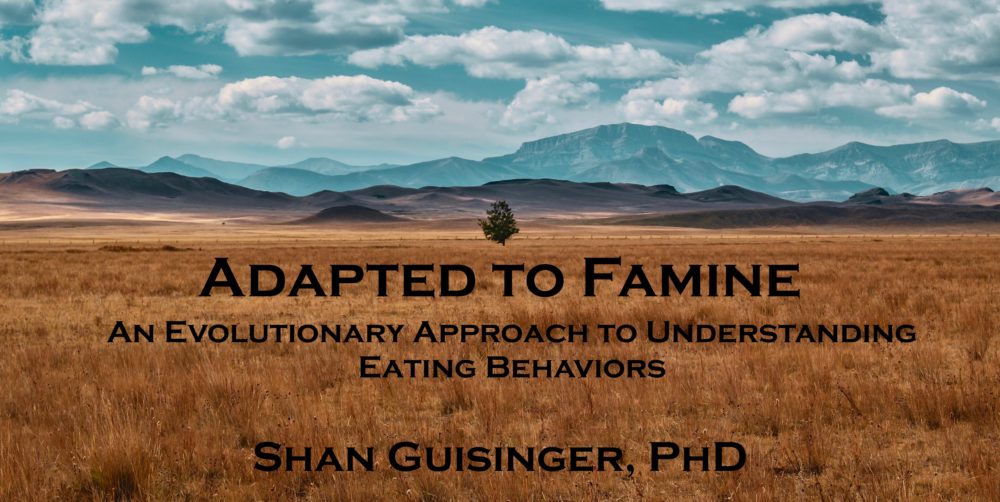Shan Guisinger, Ph.D
David Schuldberg, Ph.D.
The University of Montana– Missoula
Growing genetic evidence indicates that symptoms of anorexia nervosa (AN), representing illness today, were selected in the past. Eight genes have been identified in AN individuals that decrease appetite and increase activity, triggered by falling weight. The adapted-to-flee-famine hypothesis (Affh) has proposed that abilities to ignore hunger, deny starvation, and move energetically are remnants of archaic adaptations that helped some in starving hunter-gatherer bands lead others from depleted home range. Yet, only 1-2% carrying the genes develop the disorder, which also exhibits sex differences. Maynard Smith clarified when natural selection results in stable polymorphisms; density-dependent selection describes how net individual benefit depends on behavioral strategies of others. We model effects of a variety of variables — including number of potential leaders, survival of those leaving home, refeeding success, reproductive outcomes for “successful” anorectics, and syndrome lethality — evaluating effects on the prevalence and sex distribution of AN.

Dear Dr. Guisinger –
I was a student of Dr. Borgmann a few years ago where you gave a talk about your work. I just came across mention of you in a running blog (about fasting combined with extreme distance running) and thought you might like to have a look:
http://barefootrunninguniversity.com/2011/05/06/anorexia-evolution-and-ultra-training/
All the best – JW
Thank you Justin for alerting me about this running blog. I does worry me that some people will take just from the adapted-to-flee-famine hypothesis that they can starve themselves to turn on these last ditch adaptations. Malnutrition is unhealthy, dangerous and has long-term impacts on psychological and physical health.
I will post an explanation on the barefootrunninguniversity blog.
Best regards, SG
Anorexia nervosa can be difficult to overcome. But with treatment, you can gain a better sense of who you are, return to healthier eating habits and reverse some of anorexia’s serious complications. ..;^..
Kind thoughts
<http://www.ideascollection.org/index.php/